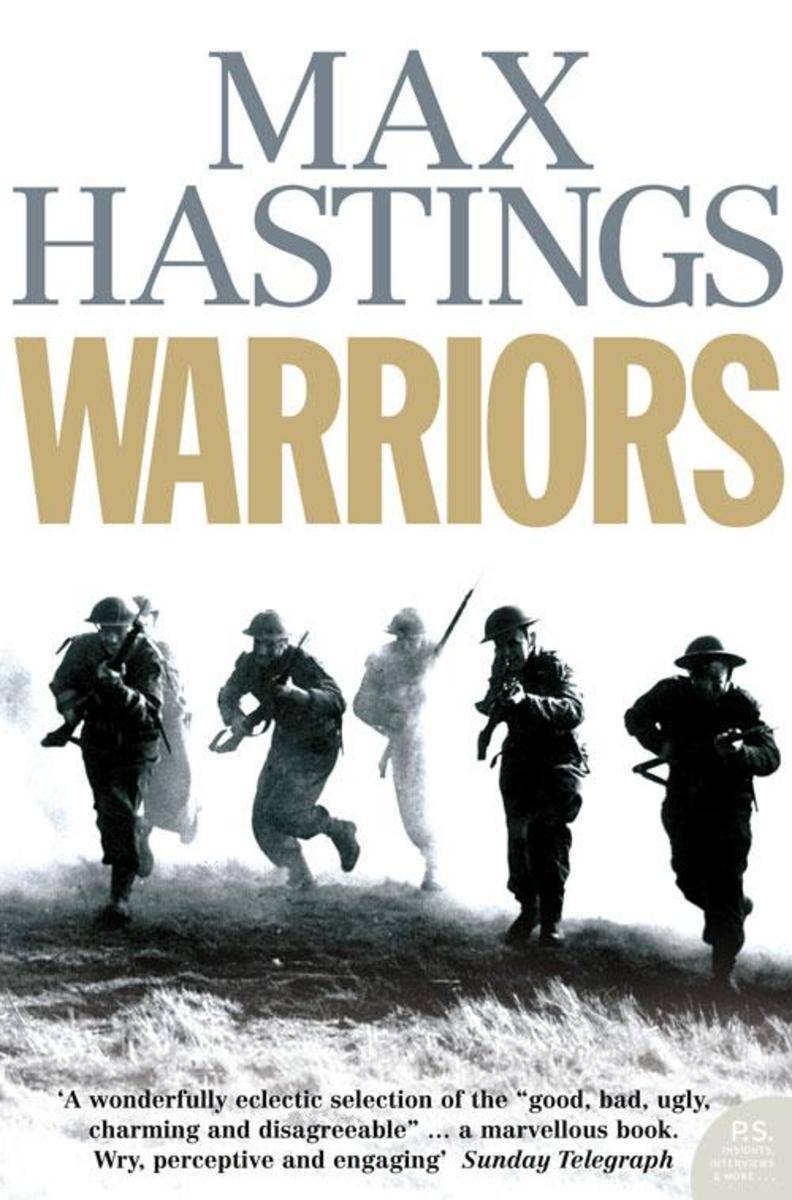
Warriors: Extraordinary Tales from the Battlefield
¥81.03
An exhilarating and uplifting account of the lives of sixteen ‘warriors’ from the last three centuries, hand-picked for their bravery or extraordinary military experience by the eminent military historian, author and ex-editor of the Daily Telegraph, Sir Max Hastings. Over the course of forty years of writing about war, Max Hastings has grown fascinated by outstanding deeds of derring-do on the battlefield (land, sea or air) – and by their practitioners. He takes as his examples sixteen people from different nationalities in modern history – including Napoleon’s ‘blessed fool’ Baron Marcellin de Marbot (the model for Conan Doyle’s Brigadier Gerard); Sir Harry Smith, whose Spanish wife Juana became his military companion on many a campaign in the early 19th-century; Lieutenant John Chard, an unassuming engineer who became the hero of Rorke’s Drift in the Zulu wars; and Squadron Leader Guy Gibson, the ‘dam buster’ whose heroism in the skies of World War II earned him the nation's admiration, but few friends. Every army, in order to prevail on the battlefield, needs a certain number of people capable of courage beyond the norm. In this book Max Hastings investigates what this norm might be – and how it has changed over the centuries. While celebrating feats of outstanding valour, he also throws a beady eye over the awarding of medals for gallantry – and why it is that so often the most successful warriors rarely make the grade as leaders of men.
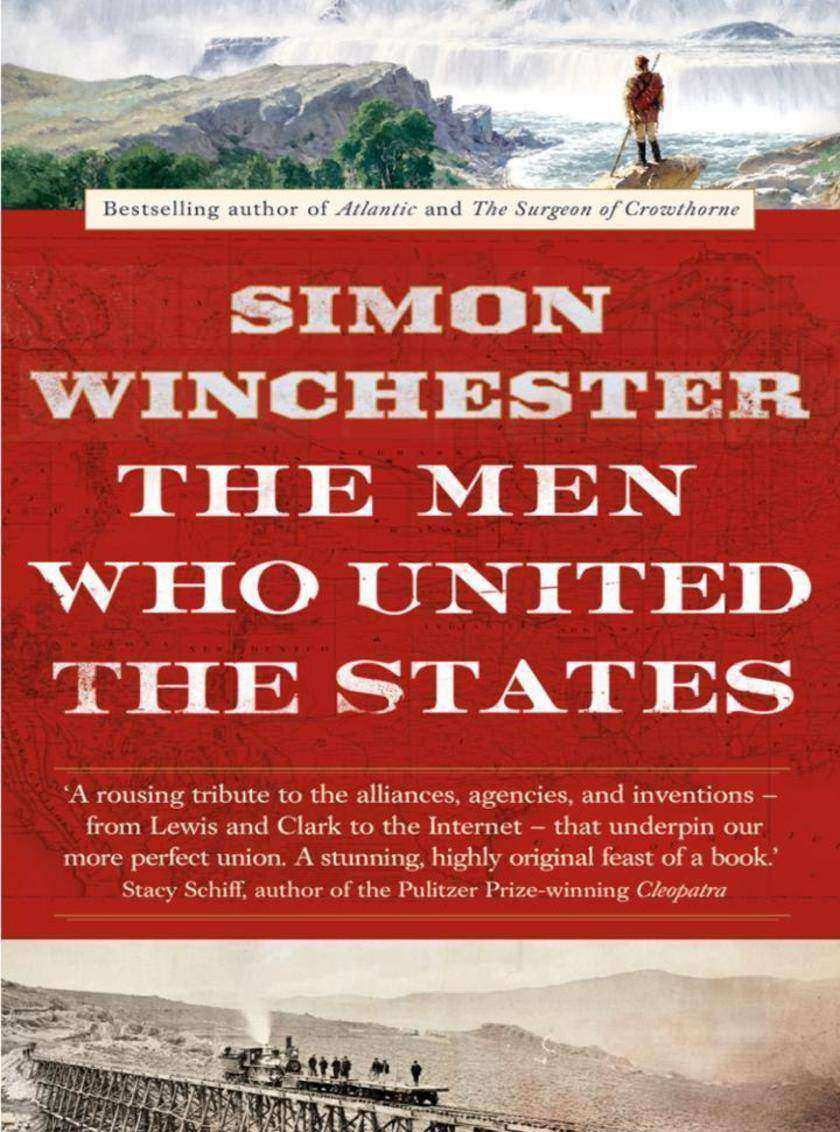
The Men Who United the States
¥73.58
From bestselling author Simon Winchester, the extraordinary story of how America was united into a single nation. For more than two centuries, E pluribus unum – out of many, one – has been featured on America’s official government seals and stamped on its currency. But how did America become ‘one nation, indivisible’? In this monumental history, Simon Winchester addresses this question, introducing the fearless trailblazers whose achievements forged and unified America. Winchester follows in the footsteps of America’s most essential explorers, thinkers, and innovators. He treks vast swaths of territory, introducing these fascinating pioneers – some, such as Washington and Jefferson, Lewis and Clark being familiar, some forgotten, some hardly known – who played a pivotal role in creating today’s United States. Throughout, he ponders whether the historic work of uniting the States has succeeded, and to what degree. ‘The Men Who United the States’ is a fresh, lively, and erudite look at the way in which the most powerful nation on earth came together, from one of our most entertaining, probing, and insightful observers.
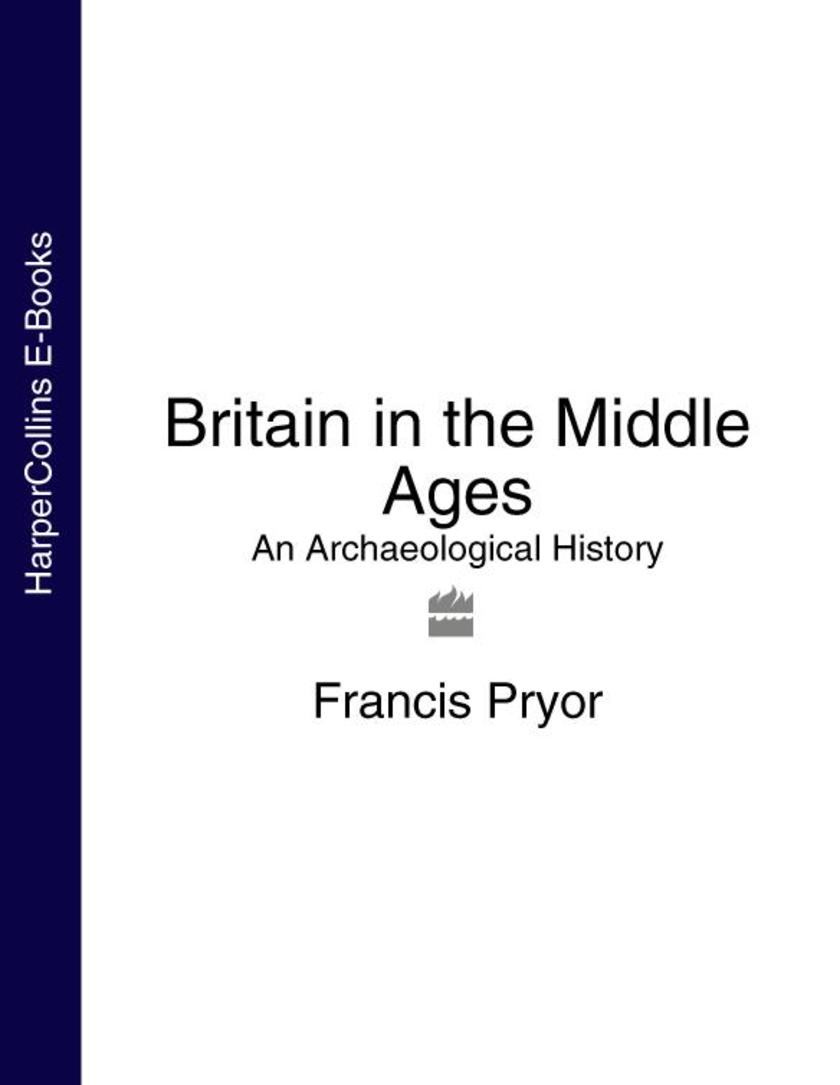
Britain in the Middle Ages: An Archaeological History (Text only)
¥81.03
As in ‘Britain B.C.’ and ‘Britain A.D.’ (also accompanied by Channel 4 series), eminent archaeologist Francis Pryor challenges familiar historical views of the Middle Ages by examining fresh evidence from the ground. The term 'Middle Ages' suggests a time between two other ages: a period when nothing much happened. In his radical reassessment, Francis Pryor shows that this is very far from the truth, and that the Middle Ages (approximately 800-1550) were actually the time when the modern world was born. This was when Britain moved from Late Antiquity into a world we can recognize as more or less familiar: roads and parishes became fixed; familiar institutions, such as the church and local government, came into being; industry became truly industrial; and international trade was now a routine process. Archaeology shows that the Middle Ages were far from static. Based on everyday, often humdrum evidence, it demonstrates that the later agricultural and industrial revolutions were not that unexpected, given what we now know of the later medieval period. Similarly, the explosion of British maritime power in the late 1700s had roots in the 15th century. The book stresses continuous development at the expense of ‘revolution', though the Black Death (1348), which killed a third of the population, did have a profound effect in loosening the grip of the feudal system. Labour became scarce and workers gained power; land became more available and the move to modern farming began. The Middle Ages can now be seen in a fresh light as an era of great inventiveness, as the author examines such topics as 'upward mobility'; the power of the Church; the role of the Guilds as precursors of trade unions; the transport infrastructure of roads, bridges and shipbuilders; and the increase in iron production.
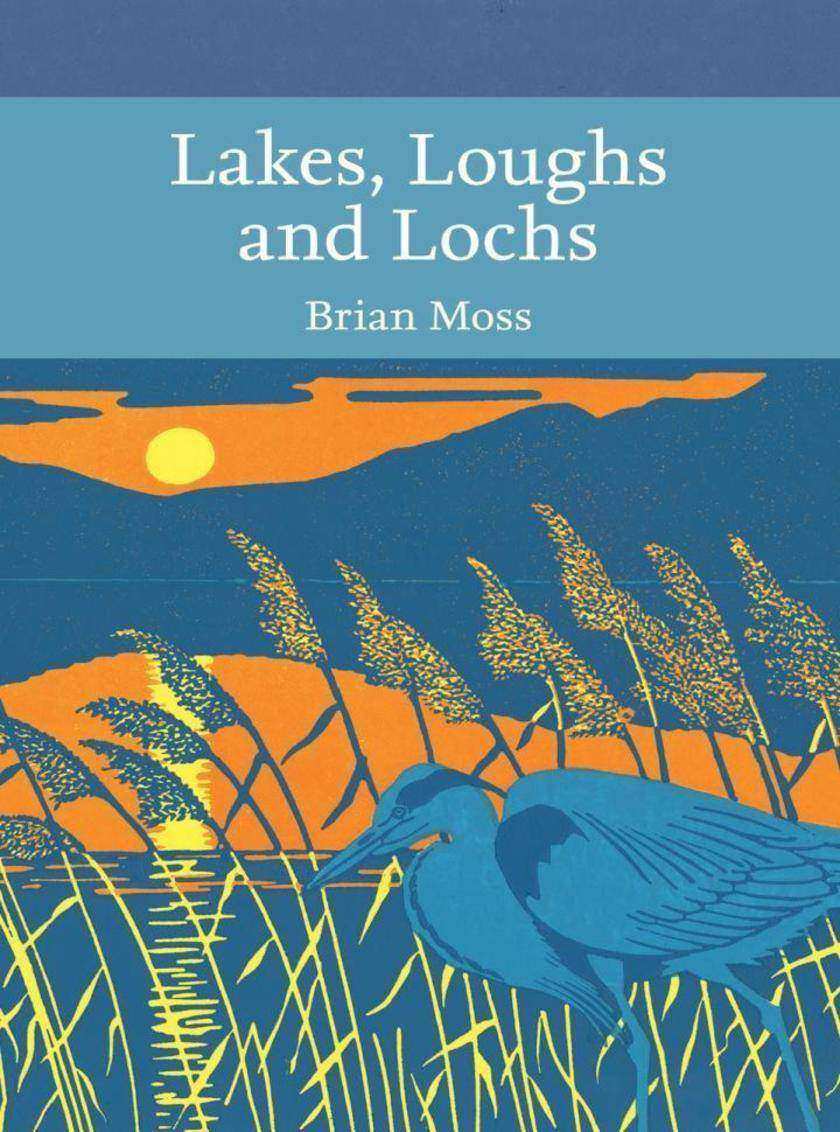
Lakes, Loughs and Lochs (Collins New Naturalist Library, Book 128)
¥257.90
Another volume in the popular New Naturalist series, this book gives a comprehensive account of the natural history of Britain and Ireland’s inland waters, many of which are popular holiday destinations. The study of life in British lakes and rivers has been traditionally neglected in natural history publications, and yet the intricacies of plant and animal ecology as a whole can be readily studied in a pond or lake. Not since Macan and Worthington’s landmark publication in 1951, Life in Lakes and Rivers – volume 15 in the New Naturalist series – has there been a comprehensive overview of British freshwater life. In Brian Moss’s much-anticipated new volume, he gives a passionate account of the natural history of our lakes, loughs and lochs. Our understanding of lakes has changed enormously since the days of Macan and Worthington. From new techniques using stable isotopes and molecular biology to ambitious approaches using whole lakes for experiments; from advances in chemical methods that detect tiny traces of organic substances to the development of new electronic instruments, it is becoming increasingly urgent to make use of these advances to help maintain and conserve some of the most damaged of the Earth’s ecosystems. Freshwaters form the fascinating threads that stitch together the landscapes of our planet with a myriad of exchanges involving an array of organisms, from algae and insects to hippopotami and otters. Healthy lakes and their shores influence our quality of life and they strengthen the economy. They are important ecosystems that can sustain a healthy balance of aquatic life, provide us with much enjoyment, and help support our socio-economic needs. At the same time they suffer the consequences of human abuses of the land – increasing urbanisation, intensive farming, drainage and an increasing invasion of non-native species, to name but a few. Moss explores the richness of their fundamental ecology, emphasizing the need to view these freshwater systems as a whole, and not to manage or assess them in isolation, as well as the importance of ongoing conservation efforts.
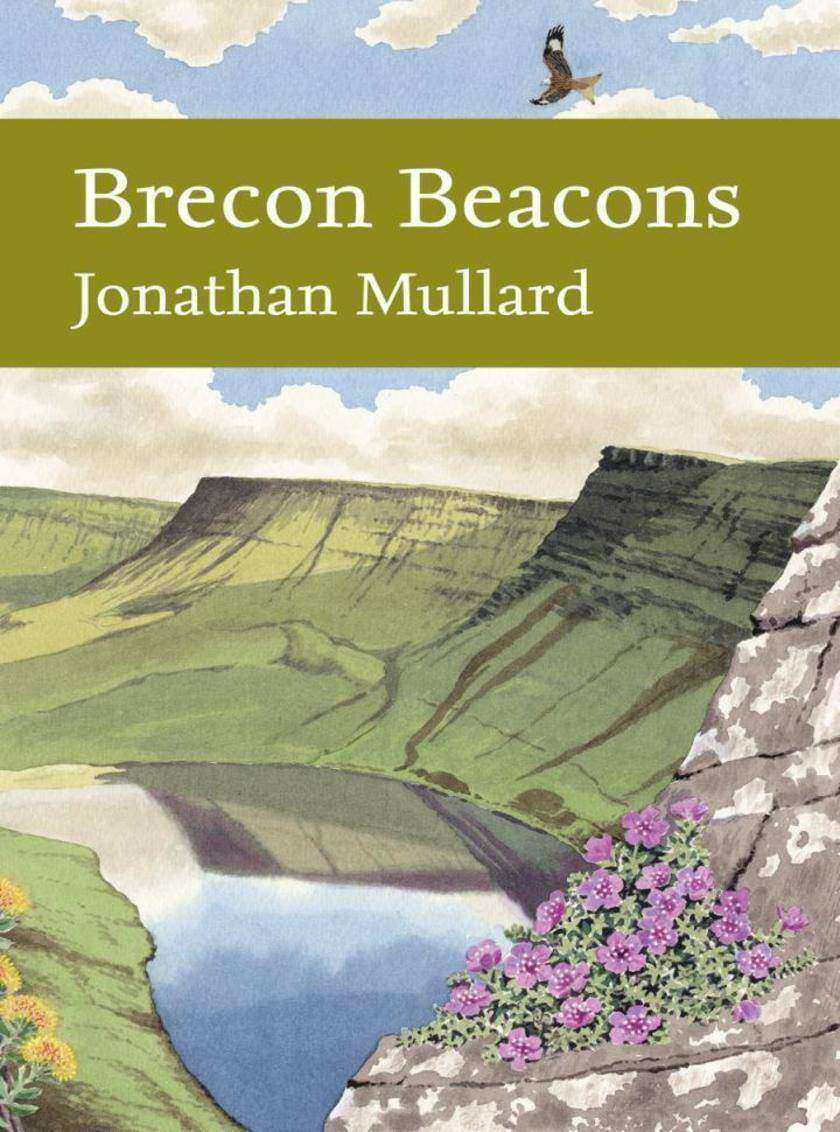
Brecon Beacons (Collins New Naturalist Library, Book 126)
¥257.90
The first comprehensive book to be published about the wildlife of the Brecon Beacons is a much-anticipated addition to the New Naturalist series, and reveals the natural wonders of this seemingly wild and inhospitable mountain landscape. The Brecon Beacons range across upland Wales and create a varied landscape of extensive cave systems, limestone crags and rich meadows. This variety supports thousands of species, some of which are found nowhere else on Earth. The natural history of the Brecon Beacons is like most parts of the British Isles – inextricably linked to the activities of man across many thousand years. Jonathan Mullard explores the evolving landscape and observes its effects on its native species and habitats. He provides a detailed examination of the geology of the region and the integration of the archaeological and historic landscape with the natural landscape and its fauna. Covering the vast diversity of its mountains and moorlands, rivers and waterfalls, caves, woodlands, wetlands and farmland, he provides an overview of man’s influence on the natural environment over the centuries and the ongoing conservation of the area. A landscape rich in legends, the Brecon Beacons play host to a number of myths involving, among others, King Arthur. Mullard explores these rich tales alongside other cultural landmarks of historical interest, such as the churches and chapels of the area. The culmination of years of research, New Naturalist Brecon Beacons is an inspiring exploration of this diverse and fascinating area.
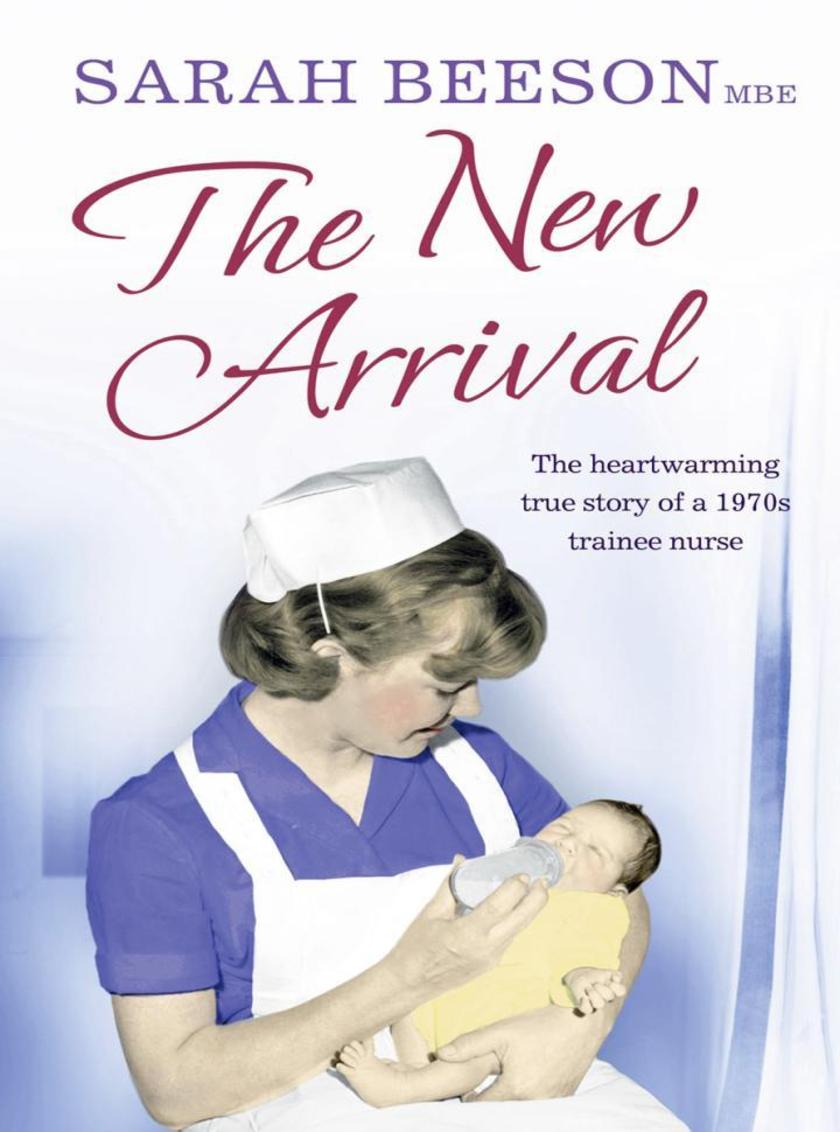
The New Arrival: The Heartwarming True Story of a 1970s Trainee Nurse
¥66.22
‘I hadn’t been in Hackney for 24 hours but I knew that the way I saw life and people had changed forever. There was such goodness here but there was a sadness I had never imagined before, and it wasn’t even lunchtime yet …’ On a hot summer’s day in 1969, fresh-faced 17 year old Nurse Sarah Hill arrives at Hackney General Hospital in London’s East End. Battered suitcase in hand, she takes eager steps in her white calf-length Mary Quant boots towards the towering sandy-grey building of the Nurses’ Home. Looking up at the rows and rows of little windows, full of nervous excitement, she couldn’t have guessed just what she was getting herself into … It’s the end of the swinging sixties, Britain is changing and the everyday life of the nurses and patients plays out against a backdrop of a failing government, strikes, immigration and women’s lib. Nurse Sarah Hill, together with her companions; the serious minded, politicised Maddox, the quick witted Lynch, who falls in love with an upper crust young doctor, golden girl Nursery Nurse Appleton, and ex-musical hall star turned midwife Wade are thrown in straight at the deep end, working long hours with few days off under the watchful eye of the stern matron. More than just a hospital, Hackney General was part of the community just as much as the Adam & Eve pub the staff frequent. A place where the poorly children of Hackney were nursed to health, a place where young nurses would discover just want they wanted from life, fall in love with shy photographers and grow into women. But it’s not all smooth sailing in Hackney: for every baby that goes home to its loving family another is abandoned, unloved, or never gets to go home at all. Funny, warm and deeply moving, Sarah Beeson’s poignant memoir captures both the heartache and happiness of hospital life and 1970s London through the eyes of a gentle but determined young nurse.
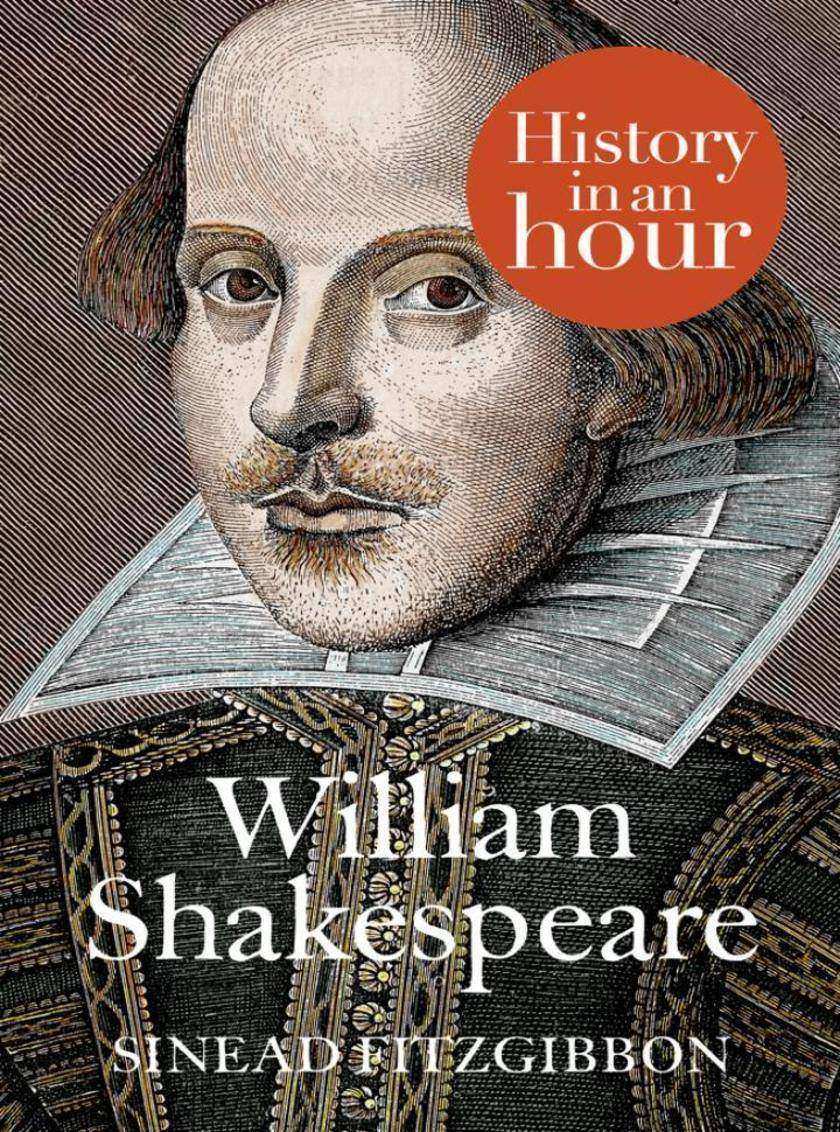
William Shakespeare: History in an Hour
¥18.05
Love history? Know your stuff with History in an Hour. In a writing career that spanned over twenty years during the explosion of poetic and theatrical creativity of late Elizabethan and early Jacobean periods, William Shakespeare produced a body of work that has become the bedrock of human thought, literature and language in English. His poetry and plays have endured for almost 450 years, such is their universal appeal and understanding of the human condition. And yet Shakespeare wrote almost nothing of himself. Who was this socially ambitious wordsmith who had neither pedigree nor university education? What was his family life like? How did he work? Shakespeare: History in an Hour is the essential guide to the life of Shakespeare, his relationships, colleagues and his breathtaking works. From the Elizabethan world to which he was born, to the theorists and critics that continue to debate him to this day, this is the story of the most revered writer of all time. Love history? Know your stuff with History in an Hour…

The Holocaust: History in an Hour
¥22.76
Love history? Know your stuff with History in an Hour. The Holocaust, in which 11 million people died, was the largest atrocity of the 20th century and perhaps the hardest to understand. Approximately 6 million Jews and 5 million others including Roma people, Poles, Russian prisoners of war, political prisoners, homosexuals, people of colour, Jehovah's Witnesses, and various other minorities were first persecuted and then murdered. How, both morally and logistically, had this came to happen? From received sentiments of anti-Semitism at the beginning of the 20th century, through the rise of Hitler and the Nazi party, to the Nuremberg Laws of 1935 and finally Second World War, the victimisation of these minorities intensified beyond precedent. With the complicity of a nation hatred became policy. Under the control of sadists, bureaucrats and even ordinary soldiers, irrational acts were then enacted on an industrial scale, and with the use of concentration camps, Western Europe witnessed its most shocking treatment of humanity in modern history. Love history? Know your stuff with History in an Hour…
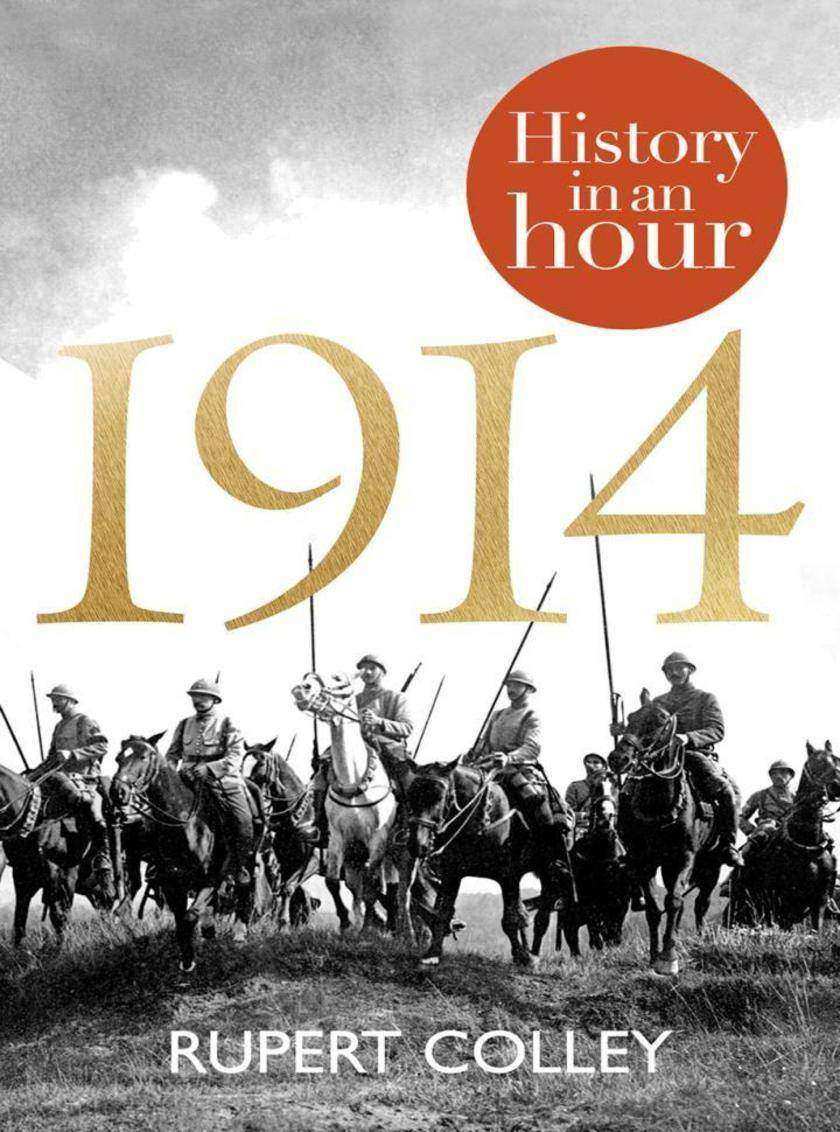
1914: History in an Hour
¥14.81
Love history? Know your stuff with History in an Hour. In 1914 the world changed. Europe’s great powers were dragged, one by one, into a war by Serbian conflict which affected very few of them directly. At least it would resemble the short sharp battles of the previous century, many thought – fought with military bands, horsemen, and swift victories. But 1914 proved to be different, a watershed, as old notions of war were trampled in the mud. ‘1914: History in an Hour’ is the indispensable overview of the year that marked the end of the Belle ?poque and the shocking birth of modern mechanised warfare. It became a war of unimaginable horror, fought with terrifying new weapons that produced death on an industrial scale, a war that involved so many nations and reached into the fabric of their societies. 1914 shaped the First World War, and the years beyond.
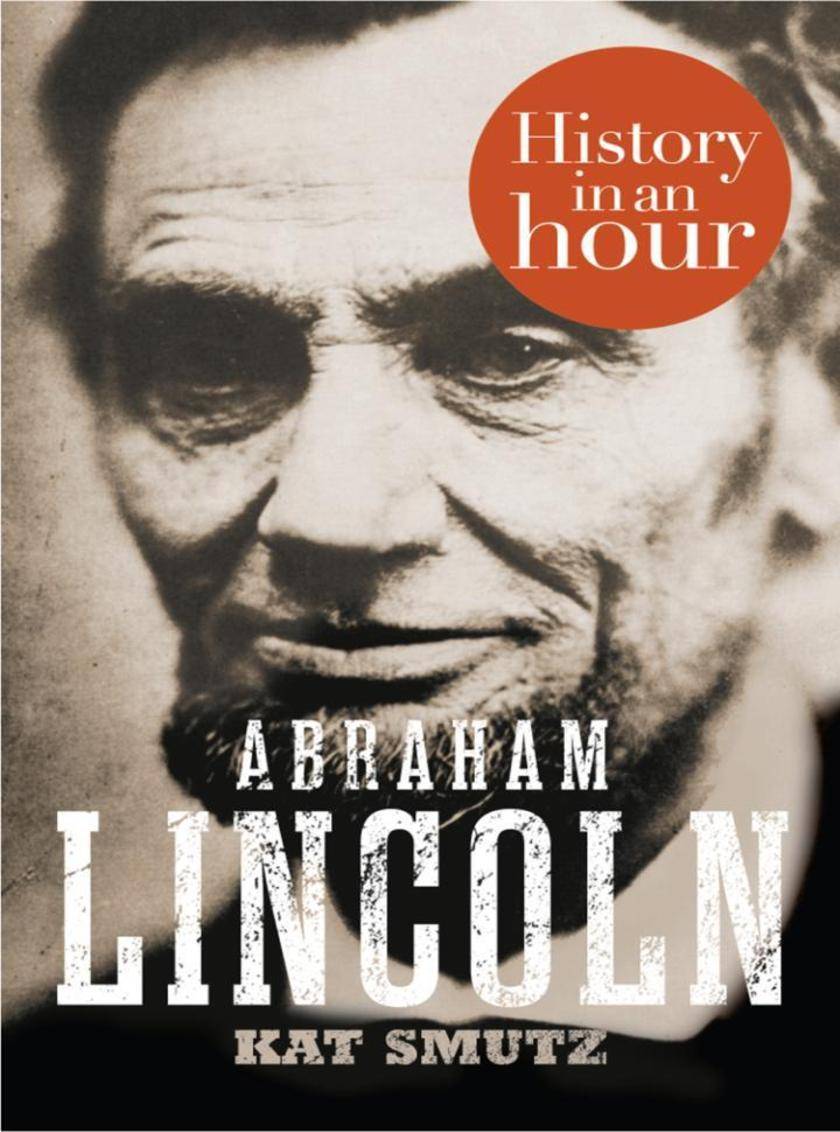
Abraham Lincoln: History in an Hour
¥18.05
Love history? Know your stuff with History in an Hour. Abraham Lincoln, the sixteenth president of the United States, is an American icon. To many, he is a symbol of values, sacrifice and determination. Modern notions of nationalism, liberty, and constitution all owe their debt to Lincoln, as does the unity of the American states. And yet, in his own day, Lincoln was also reviled by many as a traitor, tarnished by his associations with the wrong kind of race and the wrong end of society. Charting his ascent from humble origins to the leader of the United States during its hardest democratic and ethical conflict – the American Civil War – ‘Lincoln: History in an Hour’ is a succinct guide to the life of a great and controversial modernizer. Having educated himself and made good as a lawyer, he embarked on a journey that would see triumph in the abolition of slavery and then tragedy in the final drama of his own assassination. From his struggles as President to his family life and roles as husband, father and friend, this is the story of one of history’s greatest leaders. Love history? Know your stuff with History in an Hour…
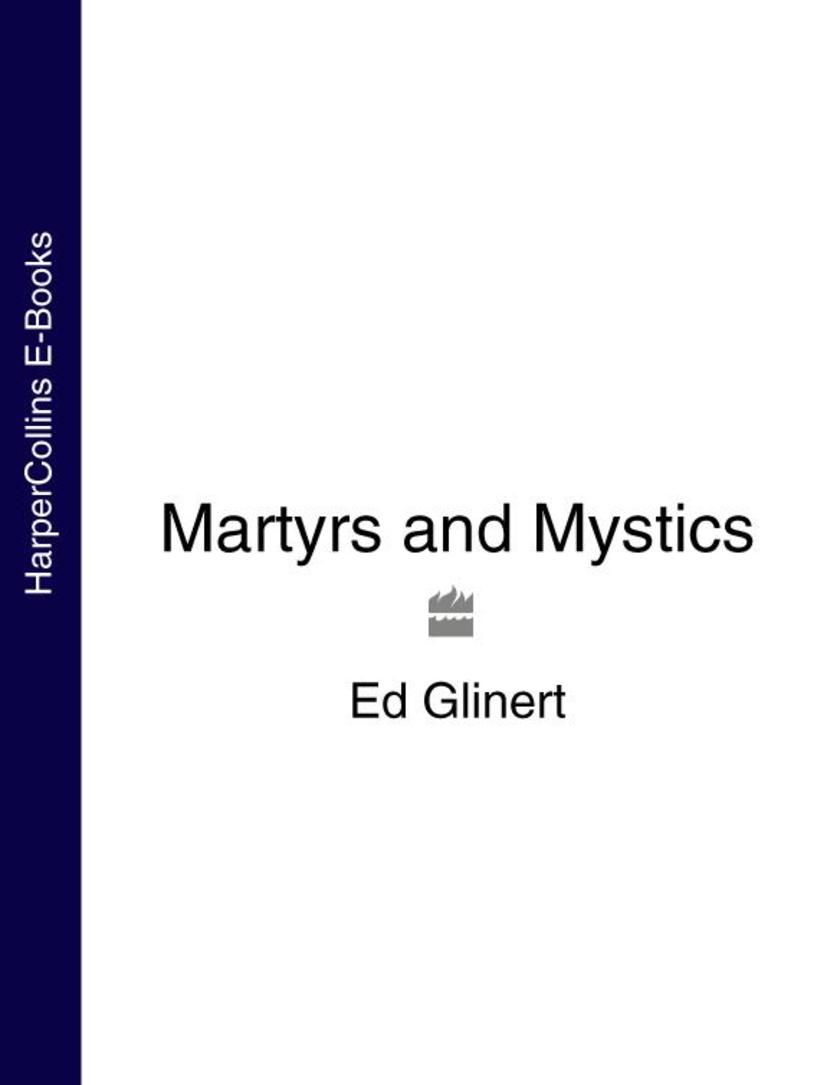
Martyrs and Mystics
¥115.56
A guided tour of Britain’s spiritual heritage Did Joseph of Arimathea really bring the holy grail to Glastonbury? Why do many conspicracy theorists believe architects such as Wren and Hawksmoore secretly built London according to principles from the Old Testament? What were the true reasons for the executions of martyrs such as Ridley, Wycliffe and Cranmer? All these intriguing questions, and many more, are answered in Ed Glinert’s unusual and fascinating new book. Glinert travels round Britain unearthing the most interesting spiritual characters and stories from over 2,000 years of British history. From martyrs to mystics, millenialists to malingerers, and ‘messiahs’ magicians magicians, Britain’s turbulent religious history has thrown up a wealth of intriguing characters. Ed Glinert tells their stories in readable, bitesized chunks.

Life of a Chalkstream
¥73.58
This delightful book records a year in the life of an essentially English waterscape, one that is home to a vast array of wildlife and natural habitat of the keen angler – the chalkstream. Simon Cooper grew up in Hampshire, where he first fell in love with fly fishing. Only after moving away did he realise how little people knew about the secret world of the chalkstreams. Chalkstreams are nearly exclusive to England, ranging from Dorset to Yorkshire and including the famous River Test in Hampshire. Every river is special in its own right. Life of a Chalkstream is a lyrical and revealing voyage through the yearly cycle of this unique waterway. From the remarkable spectacle of salmon, sea trout and brown trout spawning in winter, to the emergence of water voles in spring and the explosion of mayflies in the early days of summer, the author evocatively describes the natural wonders of the chalkstream. He introduces us to the fascinating diversity of life that inhabits its waters and environs – the fish, the angling community, the plant life and the wildlife. We learn how neglect threatens these inhabitants and why the fight to save the chalkstreams is so vital, not only for fishermen, but for anybody who values the beauty of rural England.
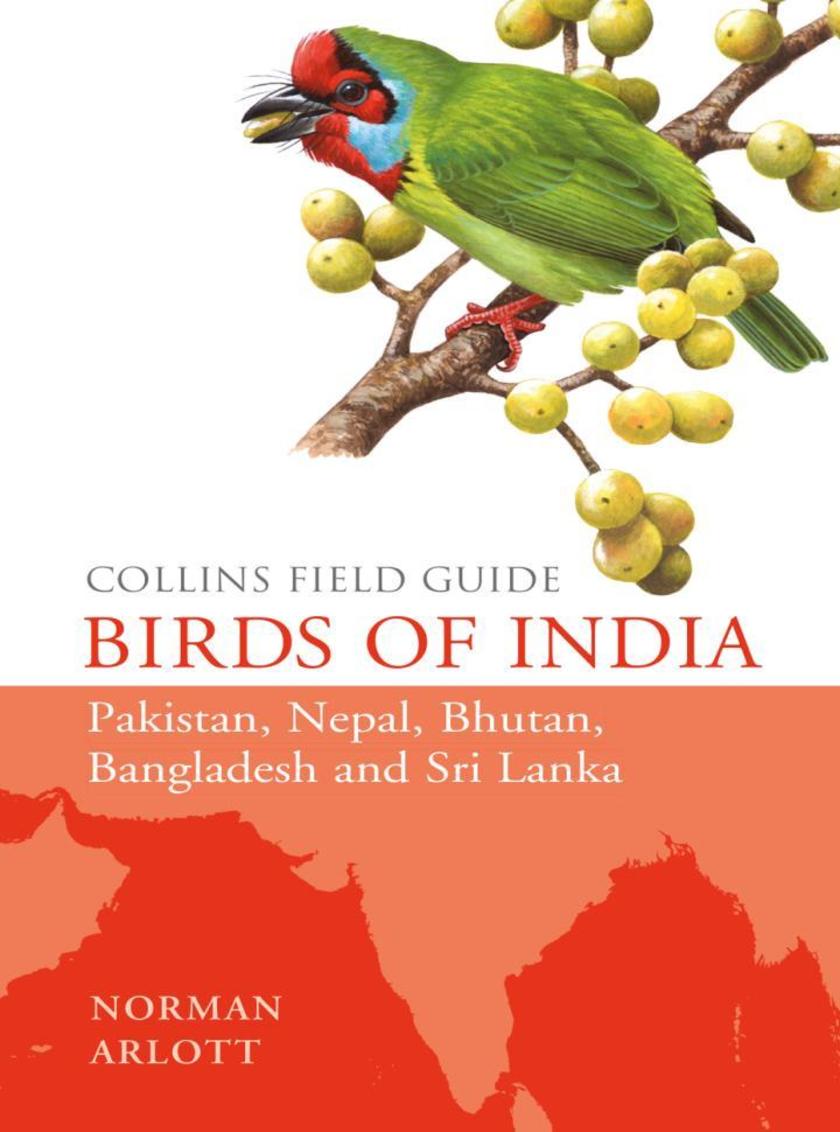
Birds of India (Collins Field Guide)
¥221.02
This comprehensive new field guide is an excellent addition to the world-renowned series – the ultimate reference book for travelling birdwatchers. Every species of bird you might encounter in Pakistan, India, Nepal, Bhutan, Bangladesh, Sri Lanka, the Andaman Islands, the Nicobar Islands and the Maldives is featured, apart from non-established introductions. Beautiful artwork depicts their breeding plumage, and non-breeding plumage when it differs significantly. The accompanying text concentrates on the specific characteristics and appearance of each species that allow identification in the field, including voice and distribution maps.
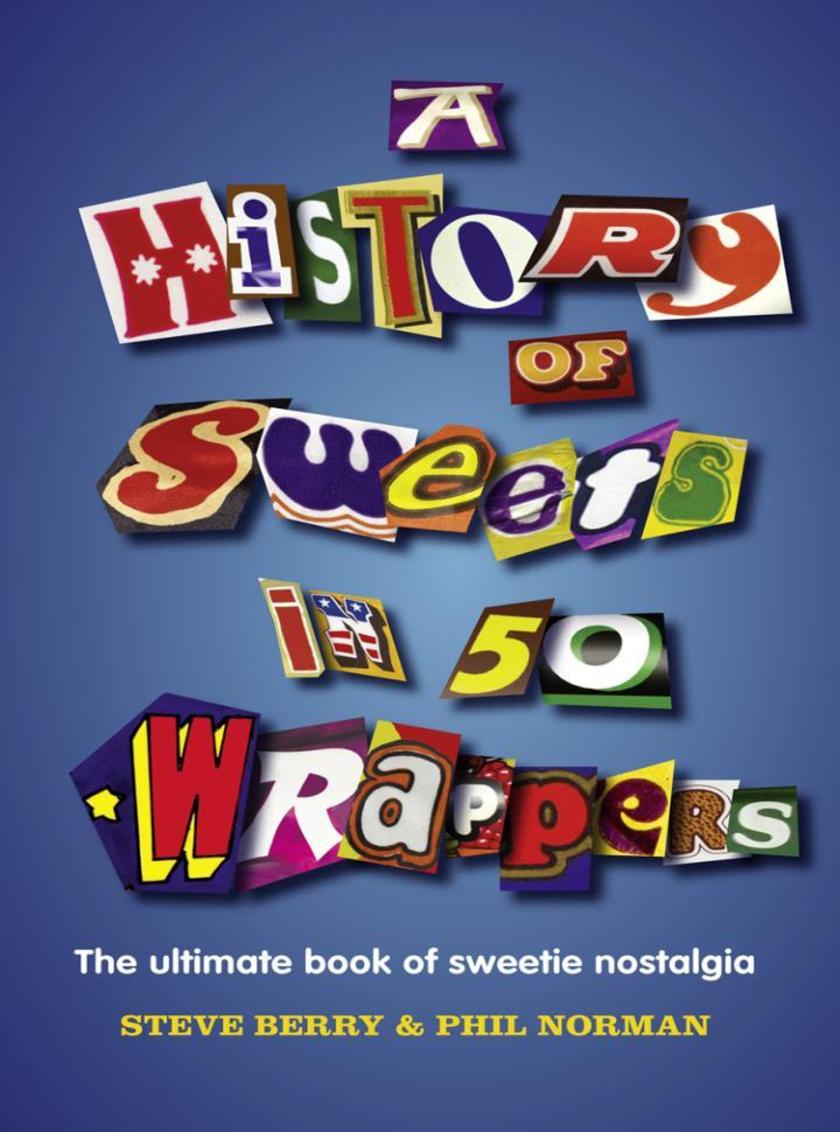
A History of Sweets in 50 Wrappers
¥15.60
A super-sweet guide to all your favourite sweets from years gone by. A History of Sweets in 50 Wrappers is a colourful and comical history of sweets and chocolates. If you ever dreamt of being the Milkybar Kid, if you remember when Snickers were Marathons and Double Deckers had raisins in them, if you ever checked the colour of your next Fruit Pastille before offering it out, this book is for you. It will lead you down memory lane until you reach the corner shop and load up a 10p mix-up bag. Fully illustrated, with hundreds of classic wrappers and adverts, A History of Sweets in 50 Wrappers is packed full of memories, fun facts, historical research … … and lots and lots of sweets!
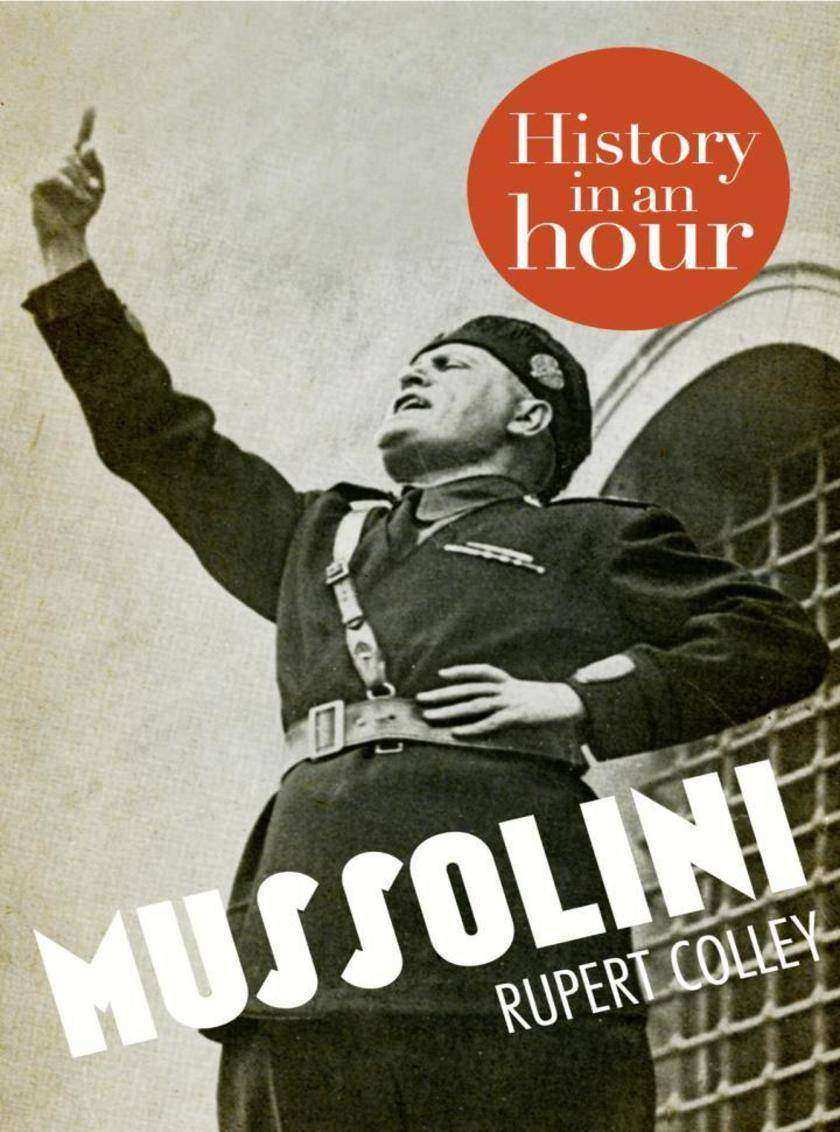
Mussolini: History in an Hour
¥18.05
Love history? Know your stuff with History in an Hour. ‘Il Duce’, Benito Mussolini, was one of the key figures in the creation of fascism. Famed for his dictatorial style, his political cunning and admired – initially – by Hitler, Mussolini led the National Fascist Party and ruled Italy as Prime Minister from 1922 until his ousting in 1943. In so doing, he paved the way towards Italy’s defeat in World War Two, and some of the 20th century’s most destructive ideologies and practices. Following expulsion from Italian Socialist Party, Mussolini denounced all efforts of class conflict, and instead later commanded a Fascist March on Rome to become the youngest Prime Minister in Italian history. Thereafter he set about dismantling the apparatus of democracy and initiated what would become known as the one-party totalitarian state. With World War II came defeat, humiliation and his bloody deposing. Explaining his ideologies, policies, actions and flaws, ‘Mussolini: History in an Hour’ is the concise life of the man whose ideas helped create some of the worst horrors of the modern history. Love history? Know your stuff with History in an Hour…
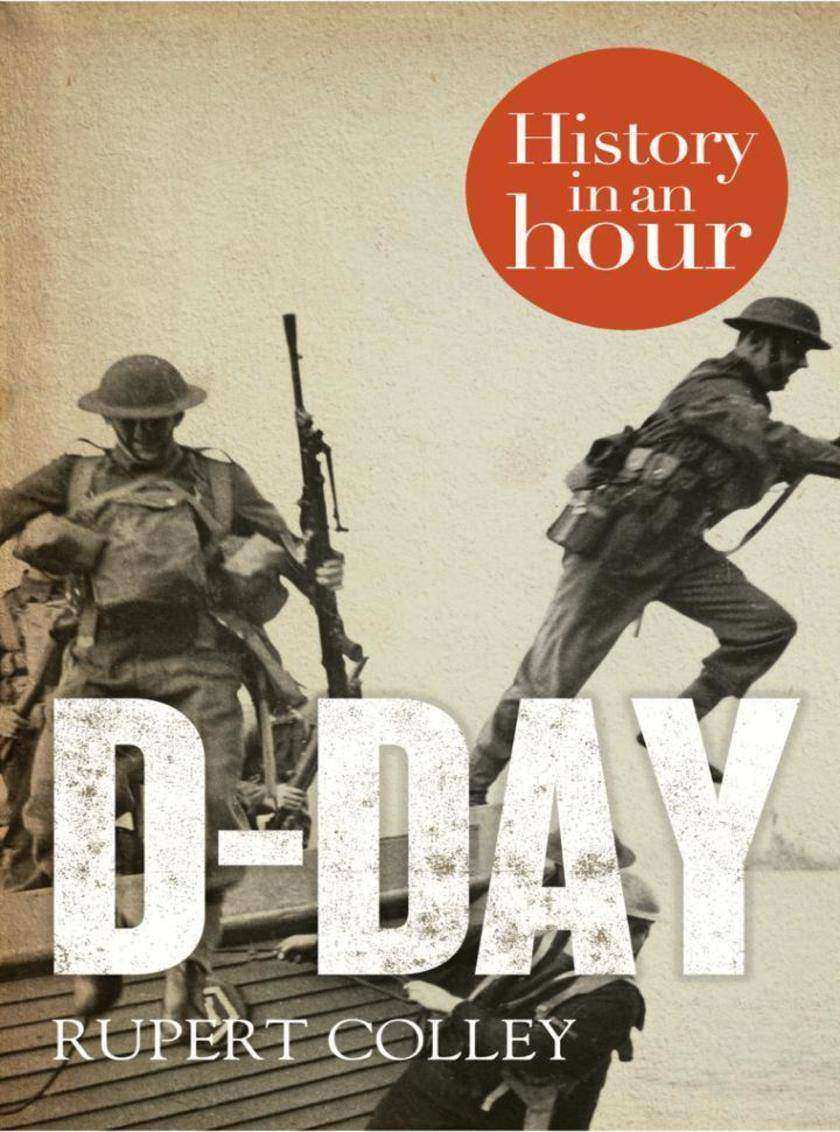
D-Day: History in an Hour
¥18.05
Love history? Know your stuff with History in an Hour. Midnight, Tuesday 6 June 1944: the beginning of D-Day, the operation to invade Nazi-occupied Western Europe and initiate the final phase of World War II. A vast undertaking, it involved 12,000 aircraft and an amphibious assault of almost 7,000 vessels. 160,000 troops would cross the English Channel during Operation Overlord, paving the way for more than three million allied troops to enter France by the end of August 1944. Forces from the United Kingdom, the United States, Canada, the Free French and Poland all heavily participated, alongside contingents from Belgium, Greece, the Netherlands, and Norway, They capitalised on the element of surprise achieved due to bad weather and the success of Operation Bodyguard – a feat of massive deception to convince Hitler that the landings would hit Pas-de-Calais. In just over a year, the war would be won. ‘D-Day: History in an Hour’ is the story of how the largest military operation in history had been planned, practised and executed. Love history? Know your stuff with History in an Hour…
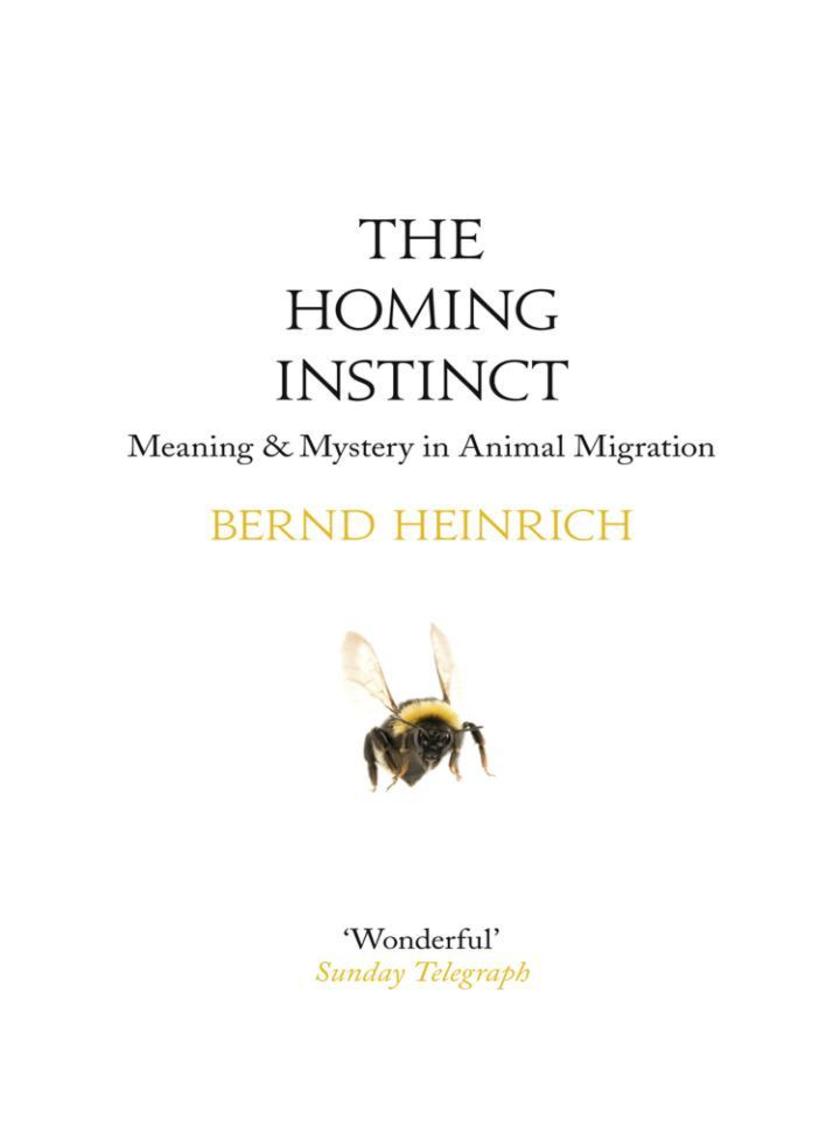
The Homing Instinct: Meaning and Mystery in Animal Migration
¥73.58
The story and science of how animals find their way home. Home is the place we long for most, when we feel we have travelled too far, for too long. Since boyhood, acclaimed scientist and author Bernd Heinrich has returned every year to a beloved patch of woods in his native western Maine. But while it’s the pull of nostalgia that informs our desire to go back, what is it that drives the homing instinct in animals? Heinrich explores the fascinating science behind the mysteries of animal migration: how geese imprint true visual landscape memory over impossible distances; how the subtlest of scent trails are used by many creatures, from fish to insects to amphibians, to pinpoint their home; and how the tiniest of songbirds are equipped for solar and magnetic orienteering over vast distances. Most movingly, Heinrich chronicles the spring return of a pair of sandhill cranes to their pond in the Alaska tundra. With his marvellously evocative prose, Heinrich portrays the psychological state of the newly arrived birds, articulating just what their yearly return truly means, to the birds and to those fortunate enough to witness this transcendently beautiful ritual. The Homing Instinct is an enchanting study of this phenomenon of the natural world, reminding us that to discount our own feelings toward home is to ignore biology itself.
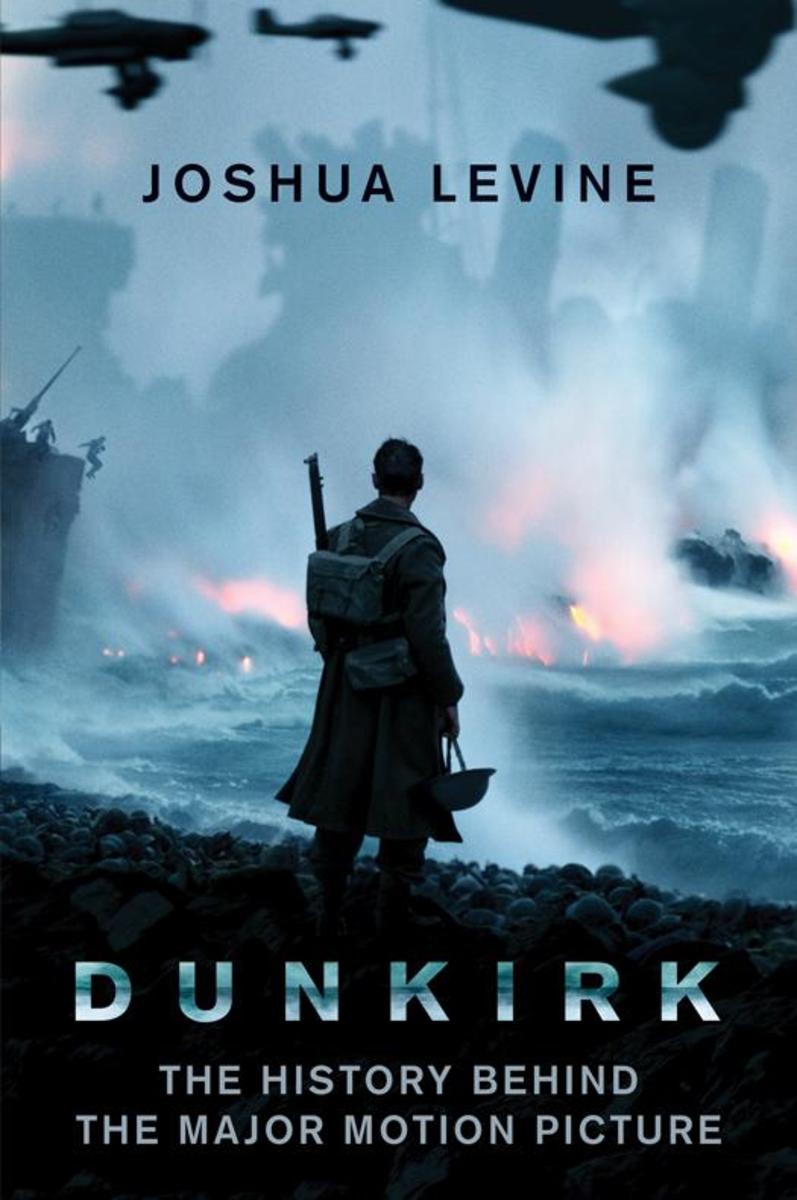
Dunkirk
¥95.11
New York Times Bestseller THE EPIC TRUE STORY OF DUNKIRK NOW A MAJOR MOTION PICTURE, WRITTEN AND DIRECTED BY CHRISTOPHER NOLAN, AND STARRING KENNETH BRANAGH, TOM HARDY, AND MARK RYLANCE The Battle of Dunkirk, in May/June 1940, is remembered as a stunning defeat, yet a major victory as well. The Nazis had beaten back the Allies and pushed them across France to the northern port of Dunkirk. In the ultimate race against time, more than 300,000 Allied soldiers were daringly evacuated across the Channel. This moment of German aggression was used by Winston Churchill as a call to Franklin Roosevelt to enter the war. Now, historian Levine explores the real lives of those soldiers, bombed and strafed on the beaches for days on end, without food or ammunition; the civilians whose boats were overloaded; the airmen who risked their lives to buy their companions on the ground precious time; and those who did not escape.

Battle for the Falklands:The Winter War
¥54.65
‘Boldly planned, bravely executed and brilliantly accomplished’ was Margaret Thatcher’s assessment of the Falklands campaign. But what did the war mean to the men in the trenches and below decks? This gripping first-hand account of the Falklands War, written by bestselling military historian Patrick Bishop and Sunday Times Editor John Witherow, reveals the true experiences of the British soldiers and seamen on the front line. The authors, then rookie reporters, lived alongside the fighting men, experiencing the daily realities of a British task force that was hugely outnumbered on a barren island 8,000 miles from home. The Falklands: The Winter War looks at the covert role of the SAS and the heroic death of Colonel ‘H’ Jones at Goose Green, and considers just how close Britain came to defeat. This is an extraordinarily frank and unsparing account of a military campaign that has held a defining place within the British national conscience since victory in 1982.
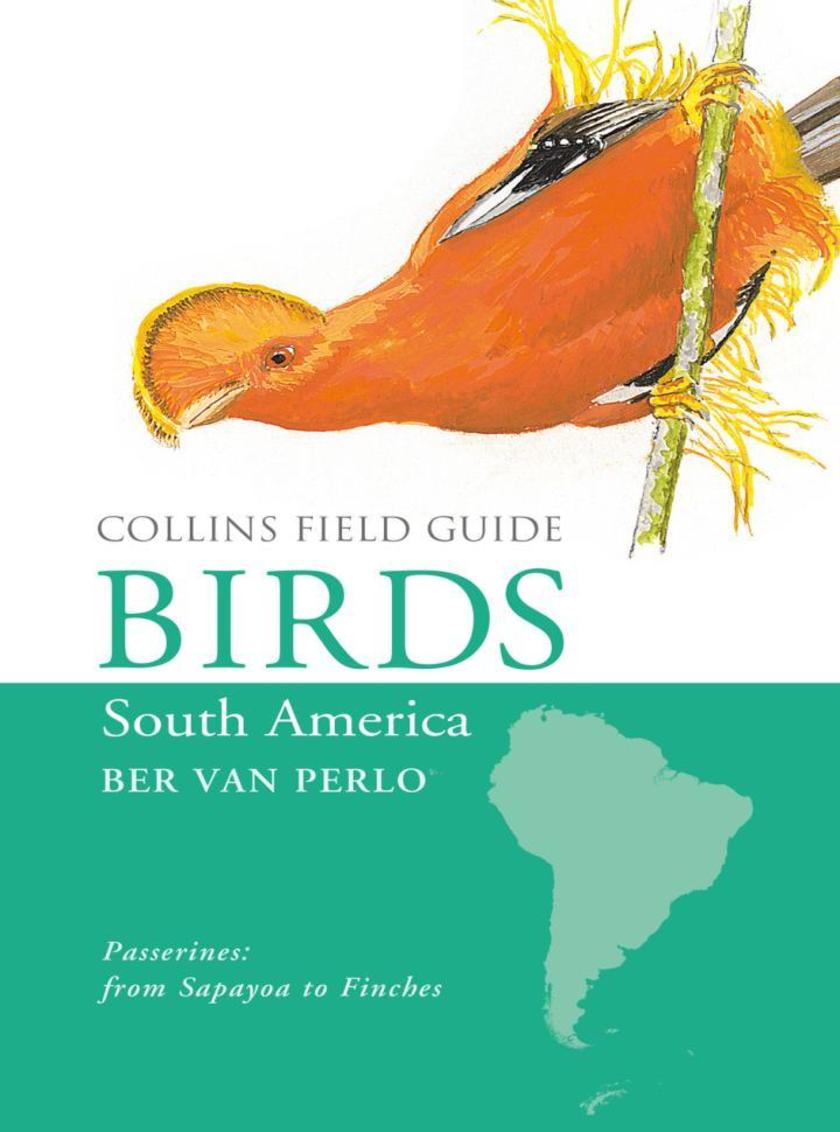
Birds of South America:Passerines (Collins Field Guide)
¥294.79
Recommended for viewing on a colour tablet. South America has long been known for its bountiful flora and fauna. The richness in bird life has attracted visitors from all over the world and has helped to make South America an increasingly popular wildlife tourist spot. This major new field guide to the birds of South America covers all the passerines (perching birds), with all plumages for each species illustrated, including males, females and juveniles. The text gives information on key identification features, habitat, and songs and calls. Beautiful artwork featured across 195 colour plates appears opposite the relevant text for quick and easy reference. Distribution maps are included, showing where each species can be found and how common it is, to further aid identification.
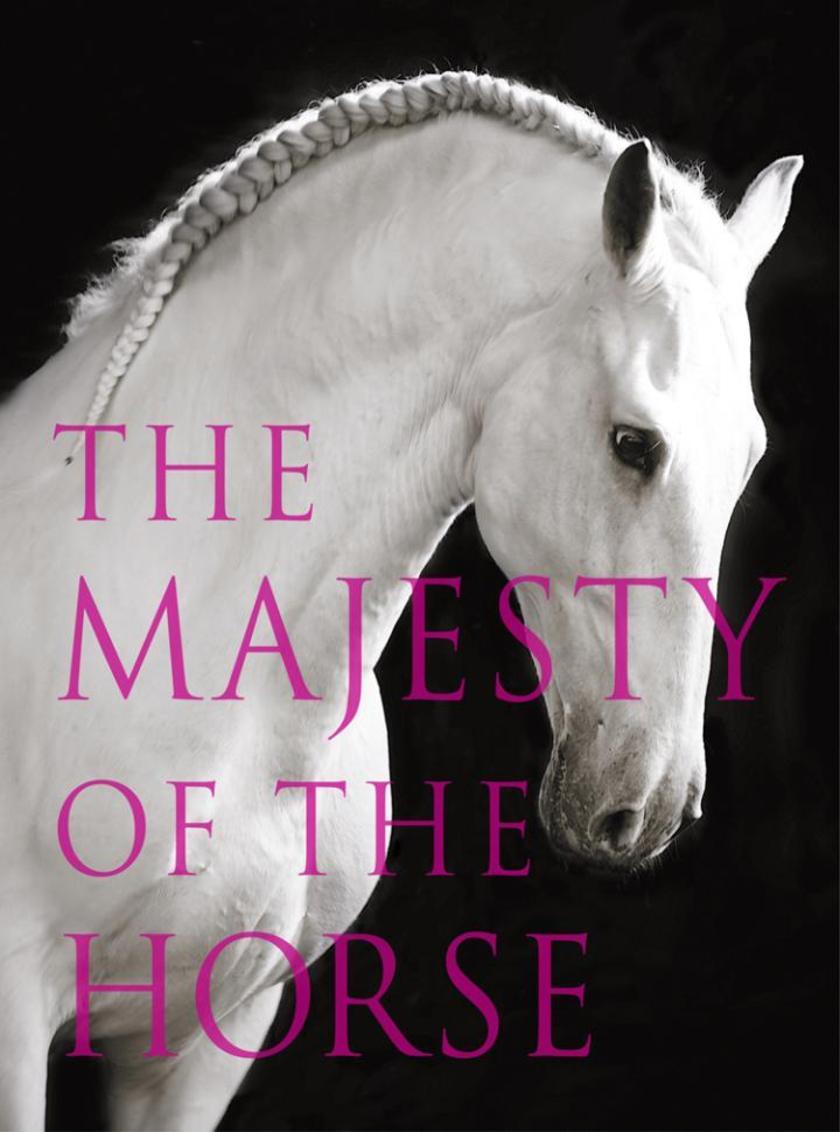
The Majesty of the Horse:An Illustrated History
¥221.12
The Majesty of the Horse is a celebration of an animal that has shaped the fate of mankind. Written as a glorious celebration of this noblest of animals, the book explores the sheer beauty and grandeur of horses, revealing the central role they have played in human societies throughout the world and across the ages. The book showcases equine photographer Astrid Harrisson’s amazing portraiture and stunning images of horses in motion, with pictures that capture the essence of many different breeds. It pays homage not only to the physical splendour of the horse – its grace, strength,and extraordinary adaptability – but also to the animal’s remarkable diversity. Equestrian specialist Tamsin Pickeral traces the evolution of the most significant and fascinating breeds, among them , the tiny, fiery Caspian, a native of the Caspian Sea’s south shore; the proud Thoroughbred; the genetically pure Icelandic Pony; the heroic Shire horse; and many others. For millenia, horses have enabled mankind to work the land effectively, travel across vast territories, go to war, and ride for sport and pleasure. The Majesty of the Horse reveals the stories behind the breeds of horses that humans have bred to produce the most efficient horse to fight on, to pull a plough, to travel on, pull a coach, or work with. Equestrian expert Tamsin Pickeral and award-winning horse photographer Astrid Harrisson spent a year combing the world in search of the best horses for The Majesty of the Horse.




 购物车
购物车 个人中心
个人中心



